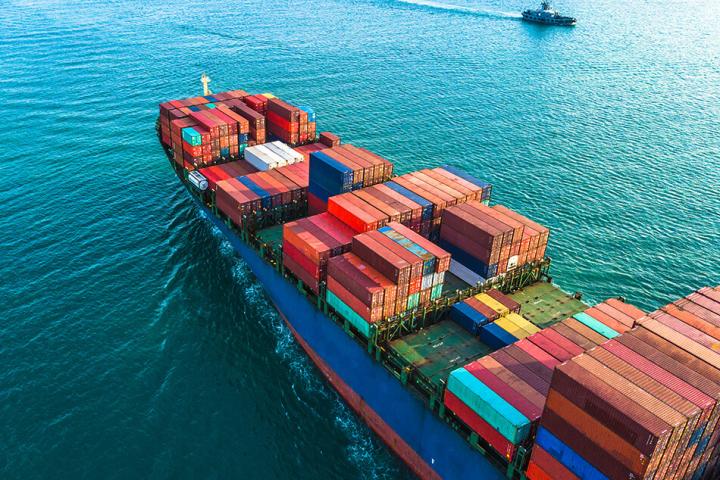What difference are electronic trade documents going to make?

Electronic trade documents have finally set sail!
The Electronic Trade Documents Act (ETDA) came into force on 20 September 2023 and is set to take the international shipping industry by storm.
Prior to the ETDA, exporters and importers were restricted to using paper documents to transfer the ownership of goods, a process which takes days and is seemingly archaic in the world of e-signatures, cloud links and online documents.
As a result, the shipping industry was inefficient, a significant contributor to paper waste, and susceptible to fraudulent legal documents compared to other business sectors, which have modernised their processes by moving to the online execution and transfer of legal documents.
The ETDA has granted electronic trade documents the same legal status as physical trade documents, reducing the transfer of ownership process from days to minutes.
With most international trade documents based on English law, legalising electronic trade documents is a major step for the digitalisation of international trade and, according to the UK government, is estimated to generate a net benefit of £1.14 billion for the British economy alone over the next decade.
What is the difference between a paper trade document and an electronic trade document?
A paper trade document is a document used in the UK in connection with the trade in or transport of goods (or the financing of such trade/transport) and where the possession of that document is required as a matter of law. For example, a bill of lading or a ship’s delivery order.
Quite simply, an electronic trade document is an electronic version of a paper trade document!
In addition, the system that is used to generate the electronic trade document must:
- Be able to identify the document in a way that it can be distinguished from other copies
- Protect the document against unauthorised alteration
- Ensure that only one person can exercise control of the document at one time
- Allow the person who can exercise control of the document to demonstrate they are able to do so
- Ensure that once the document has been transferred, those who could exercise control of it before it was transferred can no longer do so (unless the document is transferred to them)
The system must have reliable security measures that preserve the document's integrity and control access to the system, consequently reducing the risk of fraudulent documentation.
What else do you need to know about the ETDA?
A trade document (paper or electronic) issued after 20 September 2020 can be converted into the opposite form if:
- There is a statement within the new version stating that the document has been converted, i.e., from paper to electronic form
- Any contractual or other requirements relating to the conversion of the document are complied with
Once converted, the old version ceases to have effect and cannot be used to transfer ownership of the goods.
However, it is important to note that if it was intended that an electronic trade document should not have the same effect as a paper trade document, then it will not have the same effect and the ability to convert the document will not apply.
There are certain exceptions in relation to which parts of the ETDA apply in Scotland and in relation to uncertified units of security that are transferable in accordance with the Uncertified Securities Regulations 2001 to be aware of before creating electronic trade documents.
For more information on creating electronic trade documents, or if you are unsure whether an exception may apply to your trade documents, contact Alex Craig at [email protected] or call 0191 211 7911.
